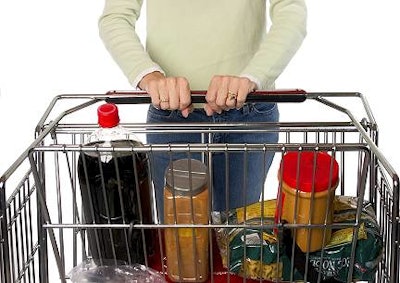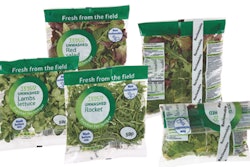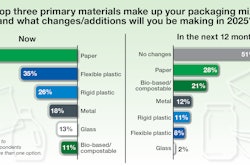
Those in the know at packaged food companies understand what their expiration dating means whether it be use by, fresh by, totally avoid by, or whatever format they use.
But what about for the rest of us?
Phil Lempert, the Supermarket Guru and the NBC's Today show food editor, deciphered the code in its diverse and various forms in a fascinating article posted recently at the MSNBC Web site.
Some of the things that I learned:
* The truth is that we are not talking about an exact science when it comes to freshness and food safety, and the reality is that the "sell by" label actually is more a guide for the store than for shoppers. It's important to note that stores are not even legally required to remove outdated products from their shelves.
(Ed. note: Maybe this explains why we sometimes pull products with expired dates right out of the grocery sack.)
* The validity and usefulness of an expiration date depends on the type of product. Meat, for example, might have a "sell by" date that is five days from now, but most of us keep our refrigerator at about 40 degrees—not 34 degrees like we should—and therefore that meat may last only two days in our refrigerator.
* When you shop, choose perishable foods last. Milk that you put in your cart before you shop for 20 minutes, and then drive home for 20 minutes and then take 5 minutes to get into the refrigerator, may just have lost two to four days' shelf life.
* Many products have a warning to refrigerate, Lempert notes, even peanut butter. Best bet is 65 degrees or lower in your cupboard—higher than that reduces shelf life by half!
Lempert also lists a very clear-cut explanation of terminology including expiration date, sell-by or pull-by date, best if used by date, guaranteed fresh, and pack date. For the latter, he notes that it may be coded by year, month and date in YYMMDD or MMDDYY or even using Julian numbers where December 31 would be 365.
He illustrates solving the production code, for example J528W3, found on many food containers. The example product was packaged February 28, 2005, in the company's West Chicago, IL, plant on the third shift.


























